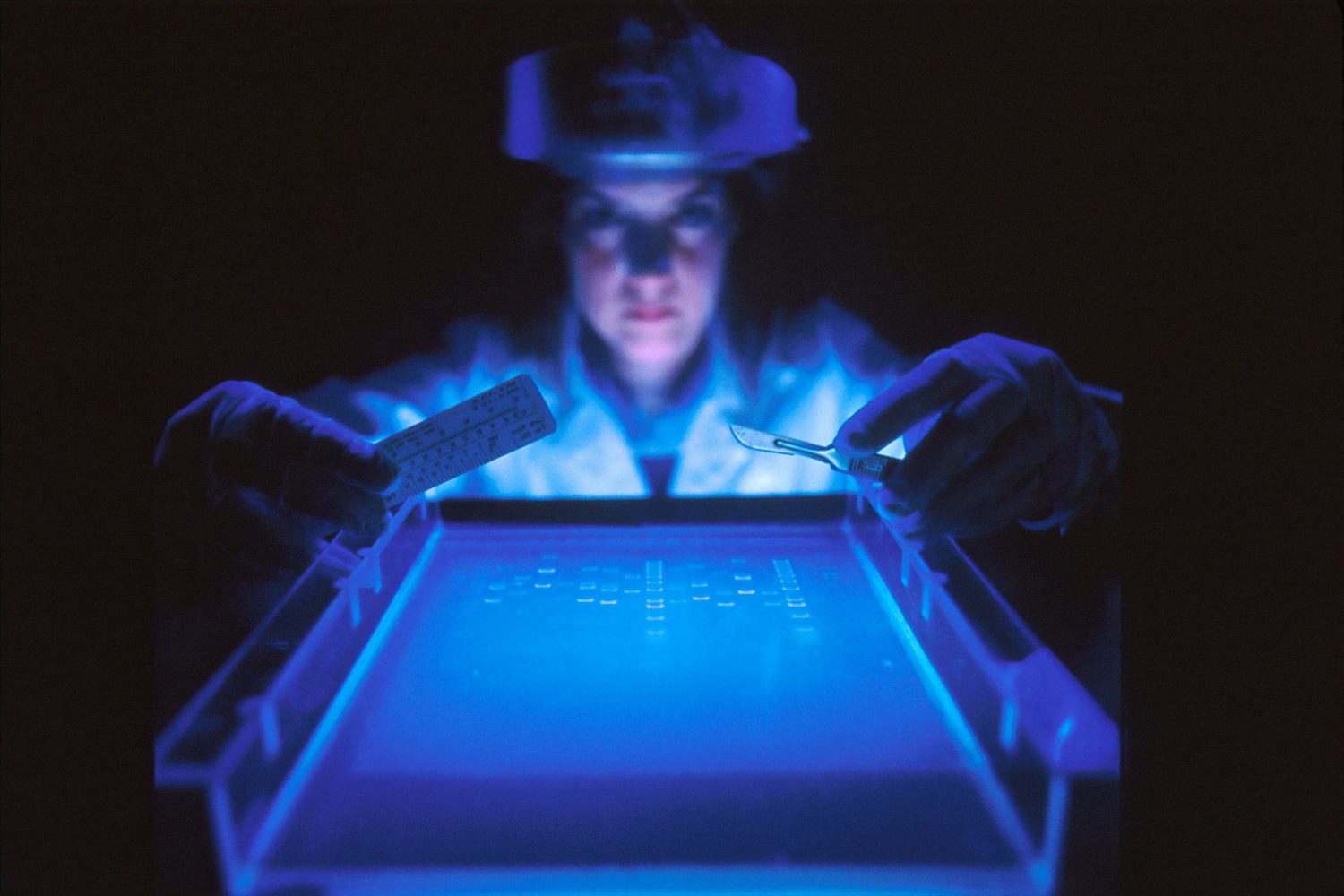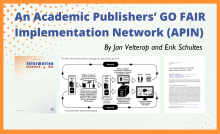Digital transformation and emerging tech gain prominence in life sciences research
by Carmel McNamara, IOS Press, Amsterdam, NL
IOS Press recently became a member of the Pistoia Alliance, which is beneficial not only for the company but also for our wider network of editors and board members. This exciting new partnership is all about working collaboratively, which we hope the researchers in our audience will be able to tap into. The alliance seeks to “overcome common research and development (R&D) obstacles by identifying root causes, developing standards and best practices, sharing pre-competitive data and knowledge, and executing technology pilots." There are numerous projects with which to get involved, including artificial intelligence, data visualization, and FAIR implementation, and plenty of wide-ranging events.

Pistoia Alliance is a not-for-profit members’ organization – conceived in 2007 and incorporated in 2009 by representatives from four pharmaceutical companies who met at a conference in Pistoia, Italy – working to lower barriers to innovation in life science and healthcare R&D through pre-competitive collaboration. IOS Press membership means that editors and board members in our network can access all Pistoia Alliance projects and those who are interested in cross-industry collaboration and innovation can take part.
Investing in emerging tech
With more than 100 members – ranging from global organizations, to medium enterprises, to start-ups, to individuals – it is possible to leverage the collective expertise of the entire membership base and there are opportunities to collaborate on projects that generate value for the global life sciences community. Having said that, it is not only life science researchers who are invited to participate. There are numerous ongoing projects focusing on artificial intelligence (AI), blockchain, data analytics, quantum computing, etc., and it is these emerging technologies that are expected to have the highest level of investment in the life sciences in the coming year, according to attendees at the Pistoia Alliance conference in April 2021.
“Now more than ever, research is occurring at the intersection between industries. Companies must embrace this trend and work together to tackle future challenges. We must advance quickly from disease treatment to disease cure, and finally to disease prevention,” commented Dr. Steve Arlington, president of the Pistoia Alliance in the press release following on from the event. “Pooling resources and skills, and investing in emerging tech like AI and blockchain will enable us to better address future public health crises. Recently we have seen the benefits of collaboration during the development of vaccines, therapies, and diagnostic tools to combat the COVID-19 pandemic. We must now apply this mindset to the multitude of other challenges we currently face.”
The reach of the Pistoia Alliance is global and ever far reaching, with an initiative held in June to share the organization’s knowledge-sharing vision engaging with life sciences and healthcare communities in the Asia-Pacific region. A recording of this webinar is available to view online here.

Data science plays crucial role in global knowledge sharing
Pistoia Alliance brings together the key constituents to identify the root causes that lead to R&D inefficiencies and develop best practices and technology pilots to overcome common obstacles. There are currently 21 active projects with which experts can get involved. The aim for many ongoing projects is to see the development of best practice protocols and technology pilots to overcome common obstacles. With the vast amount of life science research being undertaken in diverse locations utilizing widely different formats, unsiloing data is a key driver to implementing procedures that can enable researchers to easily retrieve, communicate, and share data.
One such Pistoia Alliance initiative is its DataFAIRy: Bioassay project, which aims to convert bioassay data into machine-readable formats that adhere to the FAIR guiding principles of Findable, Accessible, Interoperable, and Reusable. This project has successfully annotated almost 500 assays using a Natural Language Processing model that has been custom-built to recognize life sciences language. A second phase of the project has just launched that aims to scale the annotation process, with a goal for the data model to become the industry standard. A recent press release stated: “Adhering to the DataFAIRy model will reduce the time scientists spend searching and planning assay experiments. In addition, assay metadata is a popular data type for post-hoc data mining. However, most of these published data and metadata are not in a form suitable for automated mining. They are partially annotated in public data banks, but the volume, depth, and quality of these annotations are inadequate for addressing many current and future business questions.”

Best practice for FAIR data
Another Pistoia Alliance project on this theme is FAIR Implementation, which is building best practices through the ongoing development of the FAIR ToolKit and through the development of a guide for the implementation of FAIR for clinical trial and healthcare data. This project aligns with initiatives such as a “FAIR Academic Publishing Implementation Network,” which has been proposed by Jan Velterop and Erik Schultes [see the Labs post about this here, with a short extract from the original article in Information Services & Use (ISU) in Box 1]. This aims to bring together scientific publishing entities to mutually encourage best practices for semantic enrichment of the material they publish.







